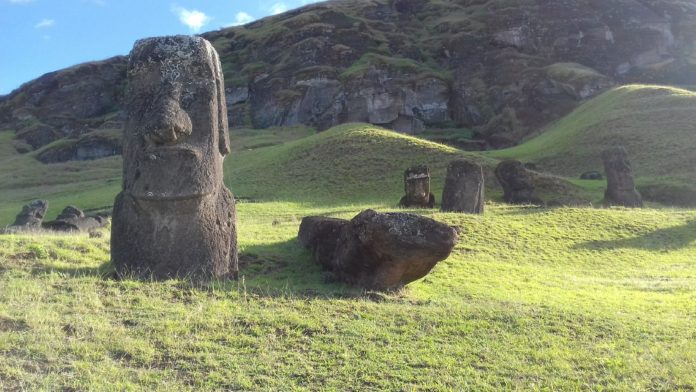South America is home to some of the world’s most mysterious, powerful, and esoteric works of ancient sculptural art. Here are five of the most interesting sculptures that are well worth a visit next time you’re prowling the shores of that wondrous continent.
San Agustin Archaeological Park, Colombia
More than 2,500 years old, the collection of religious relics at San Agustin is the largest in South America and the largest cemetery in the world. More than 500 beautifully maintained statues and monoliths still adorn the site’s ancient earth.
The Moais of Easter Island, Chile
The colossal carved statues of Easter Island are some of the world’s most mysterious archaeological pearls. Created between 500 and 1500 years ago, no one knows why or how they were produced.
Chan Chan, Peru
Once home to more than 500,000 people, the ancient citadel of Chan Chan is the largest pre-Colombian city in South America. Beautifully preserved, the site exhibits the ingenious craftsmanship and stone-craft of the Chimu people before they were conquered by the Incas.
Nazca Lines, Peru
Among the most baffling and alluring sites in the world, the Nazca lines were created by an unknown ancient people from earth extracted from a remote geographical location. Best viewed from the air, this mysterious artwork has been captivating visitors for over 80 years.
Tiahuanaco, Bolivia
Perhaps the oldest ancient city of South America, the mysterious city of Tiahuanaco was built out of 1500 ton stones carried over 15 miles.












